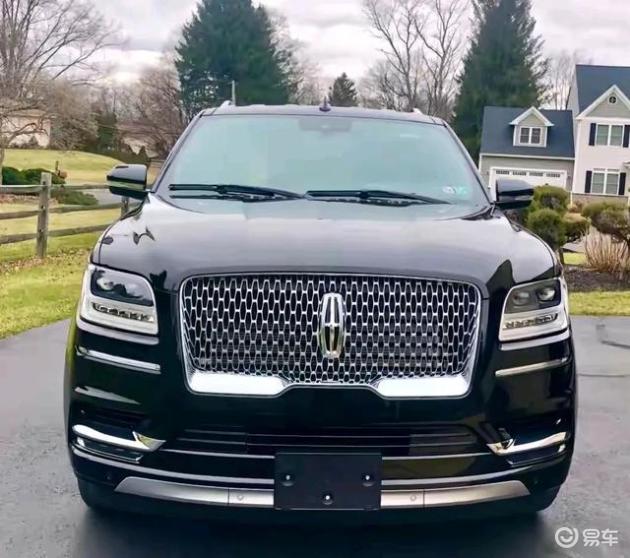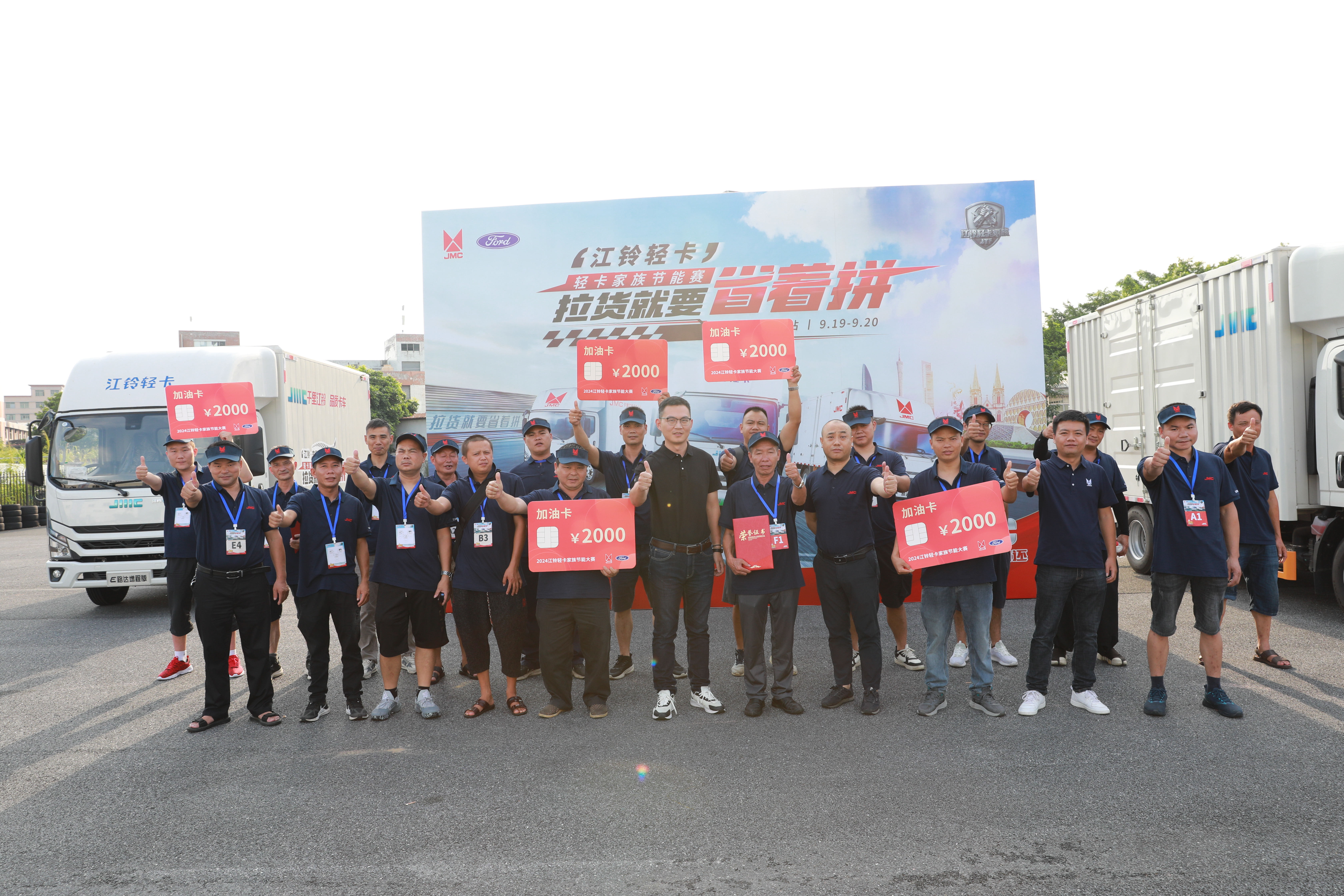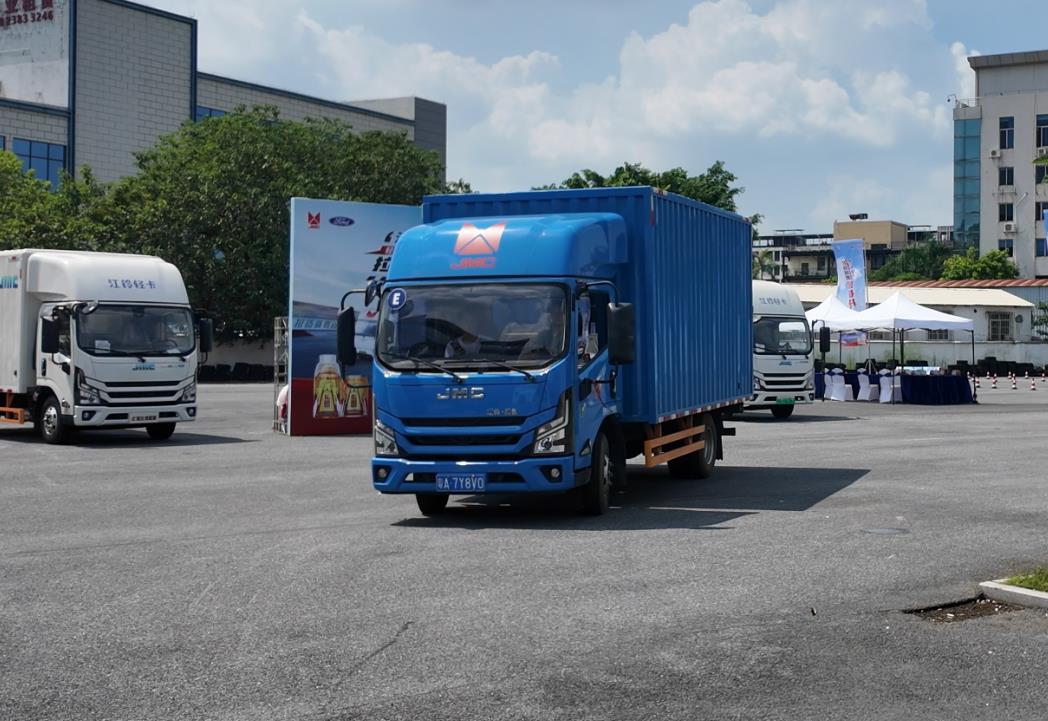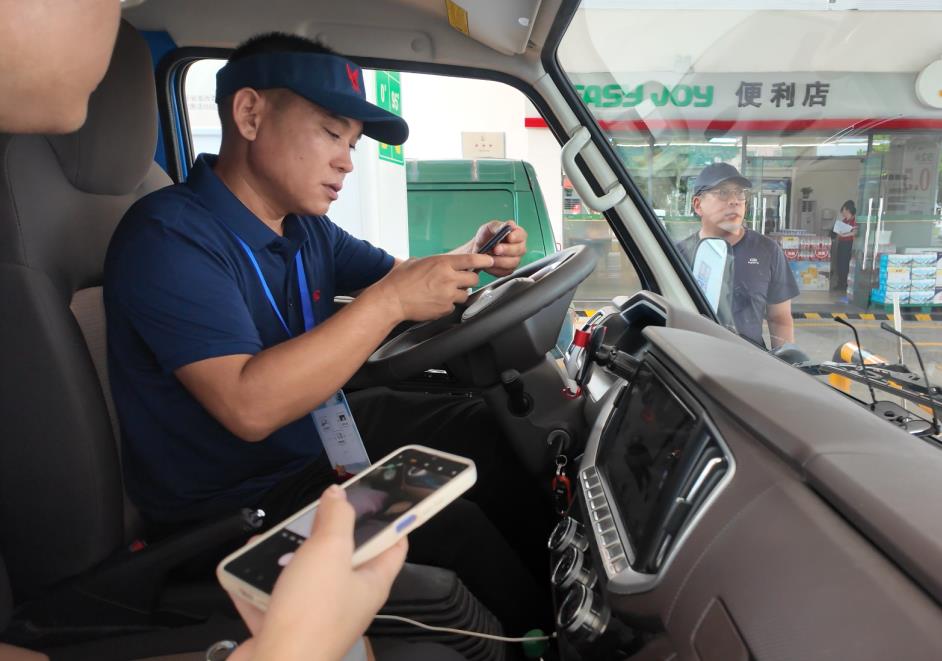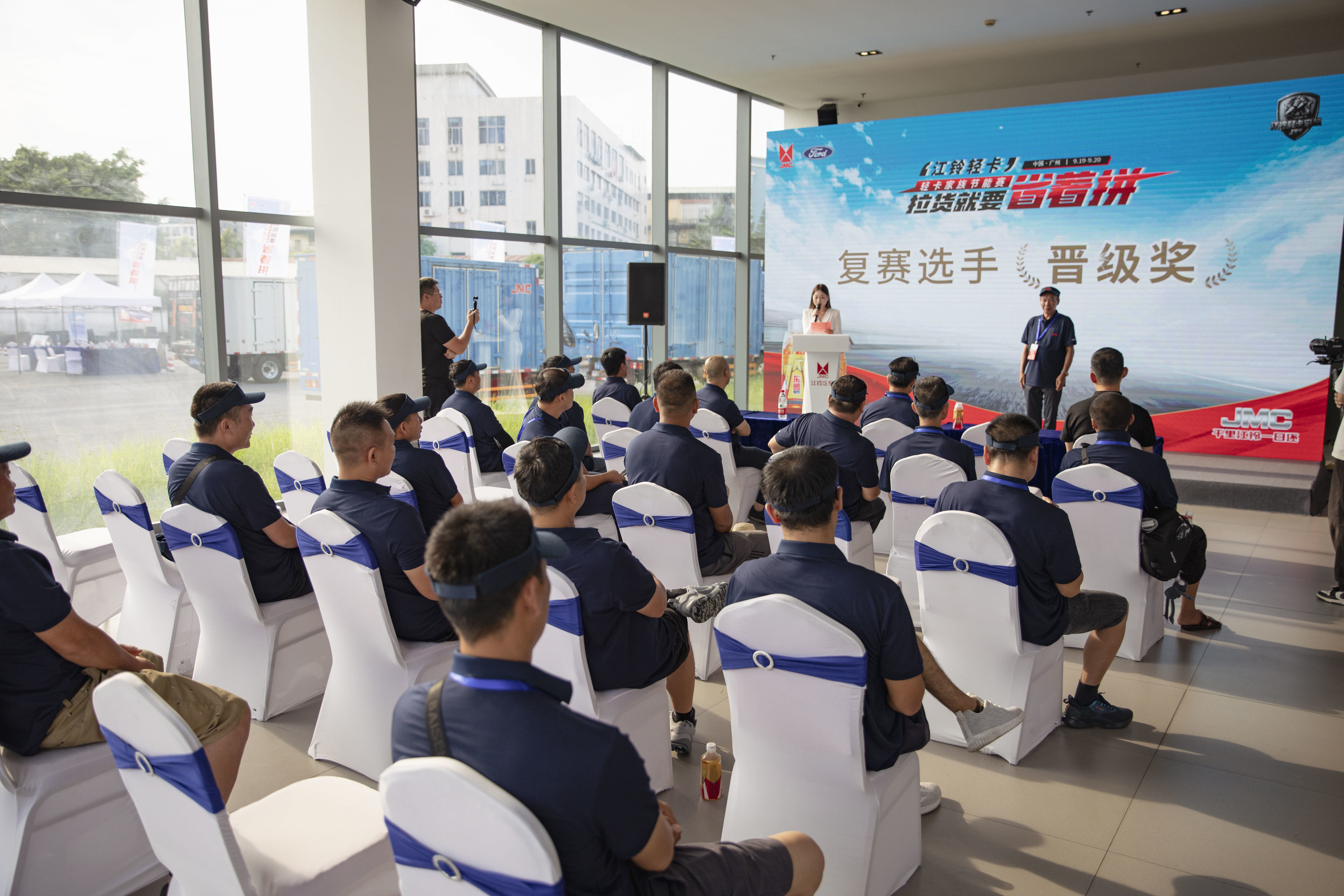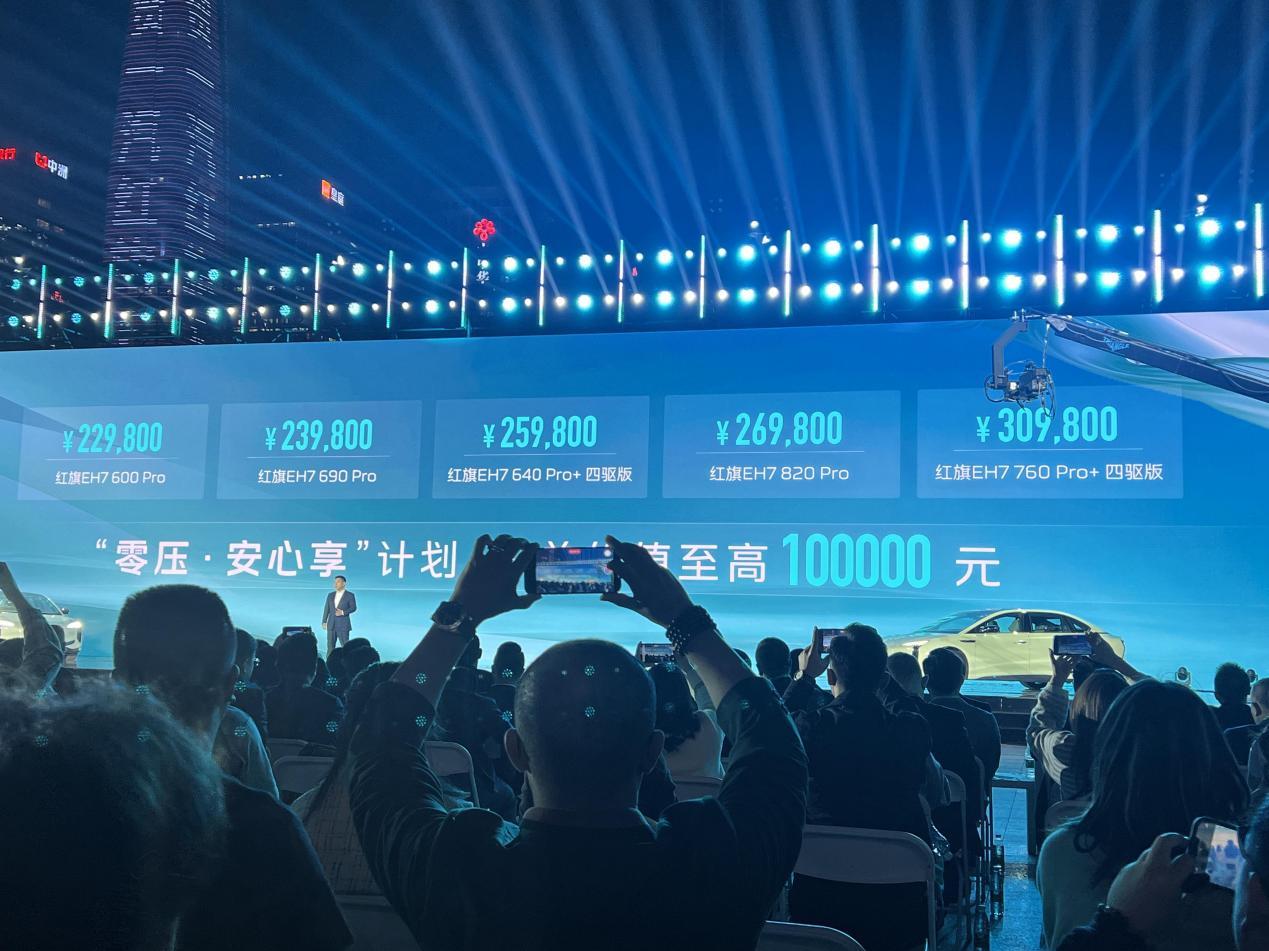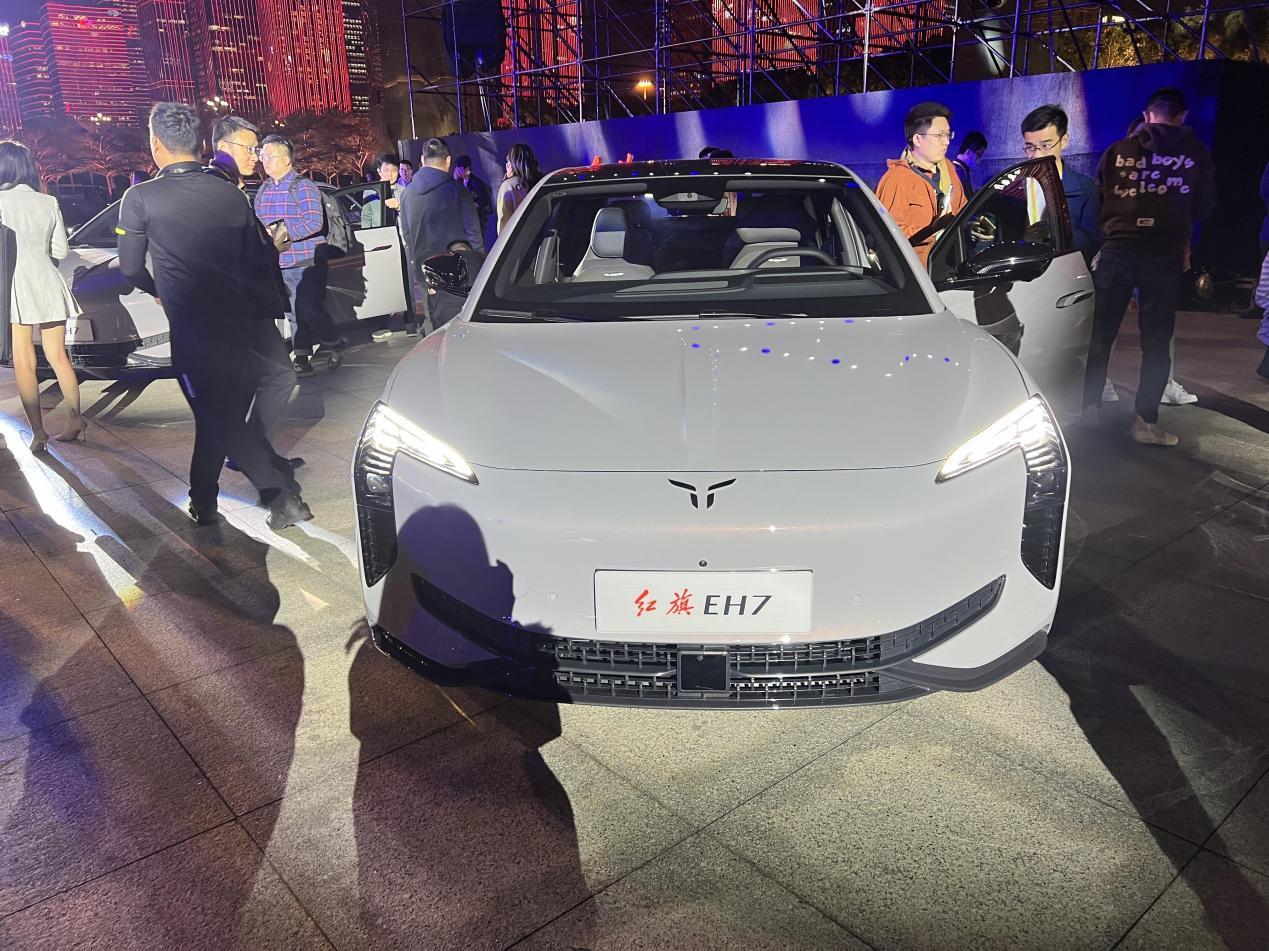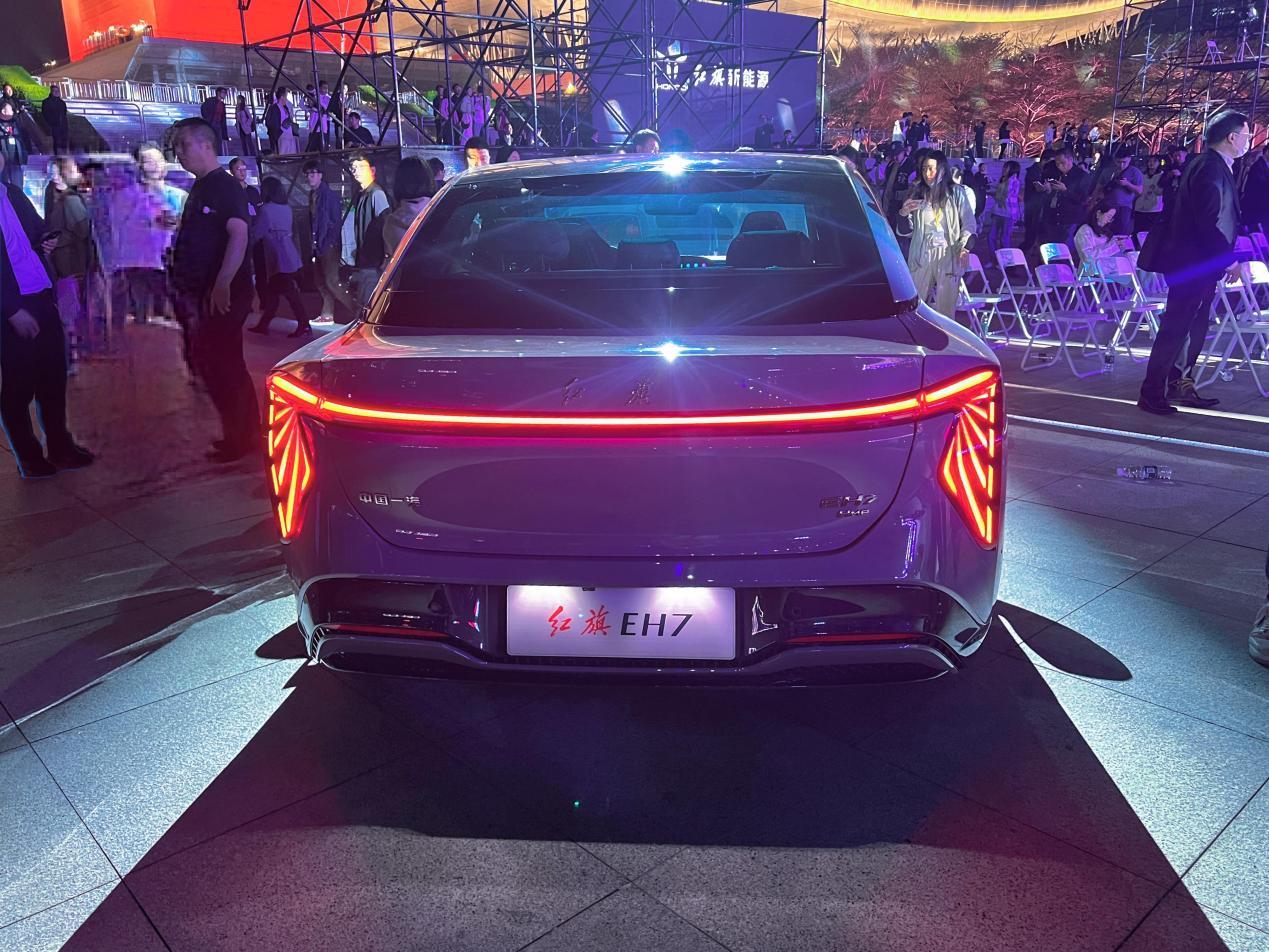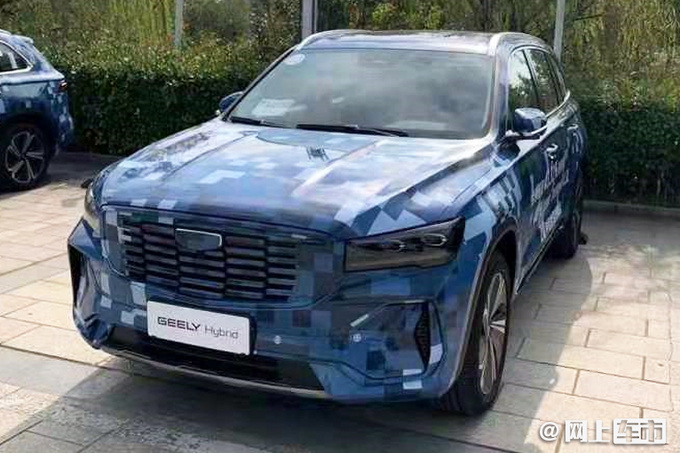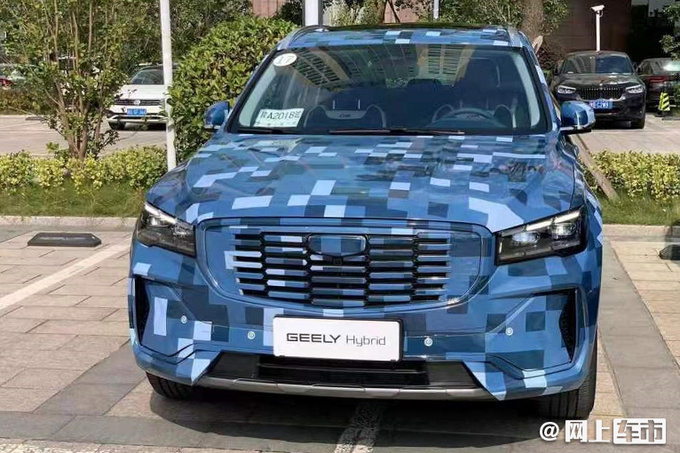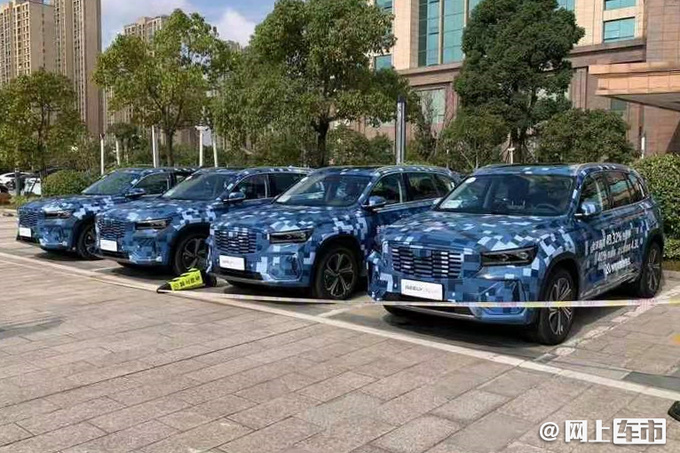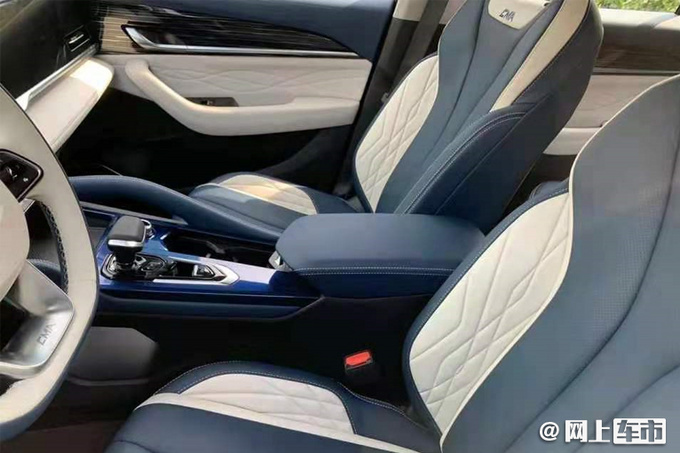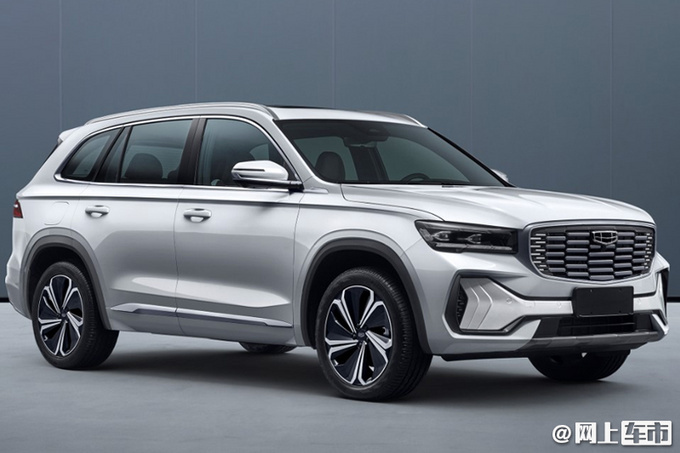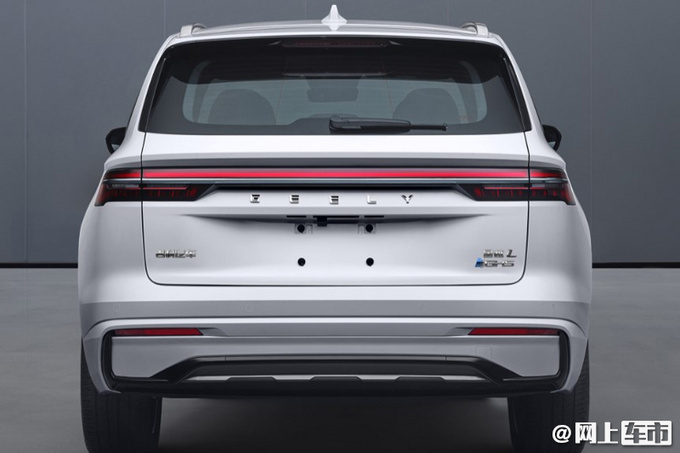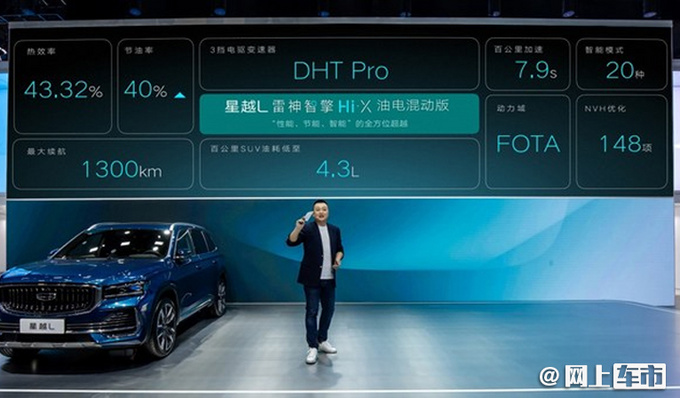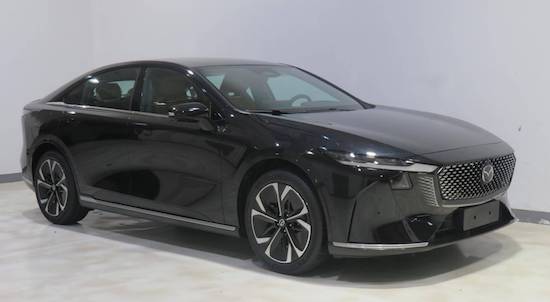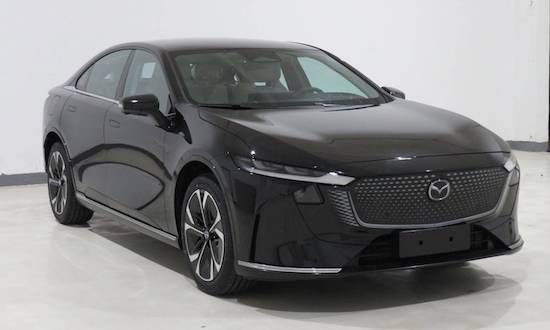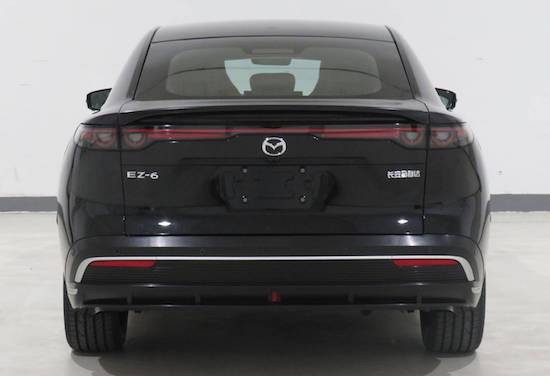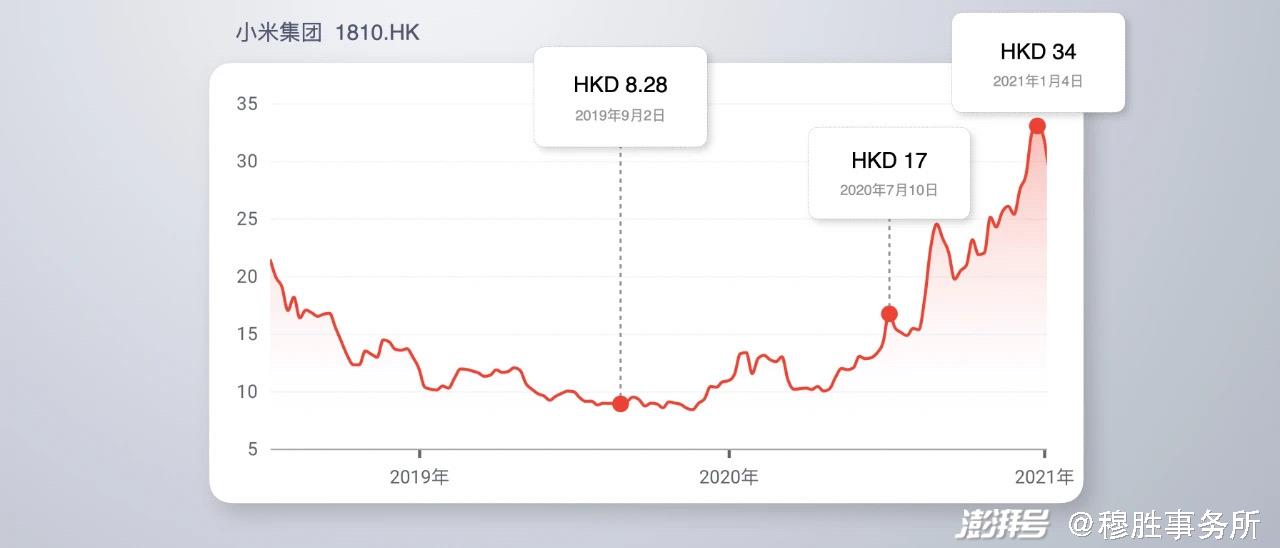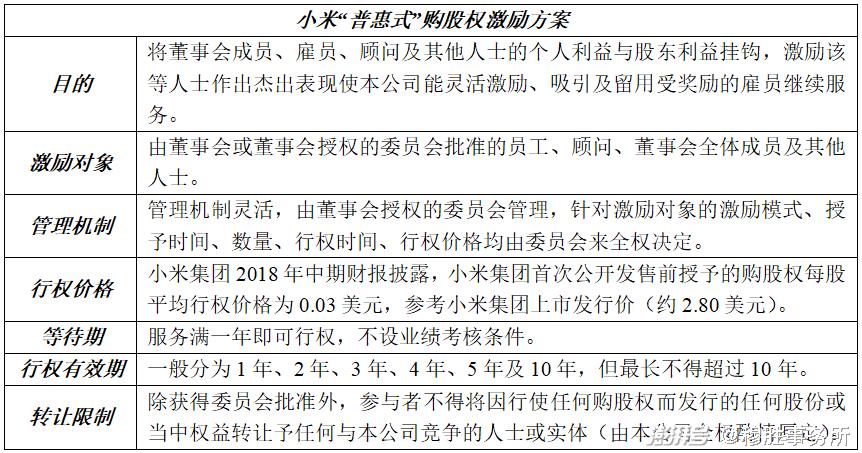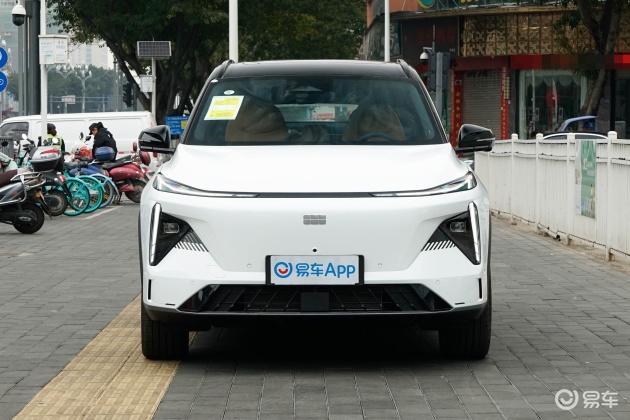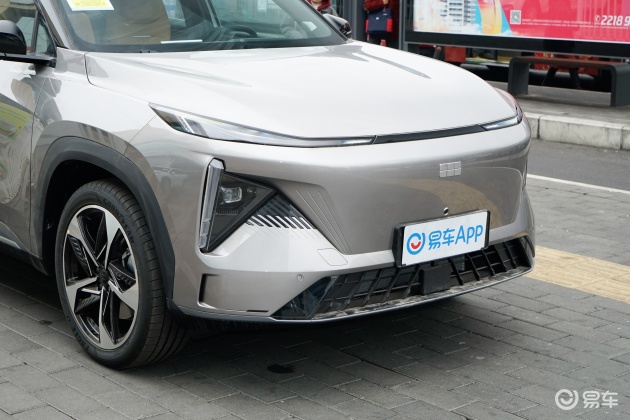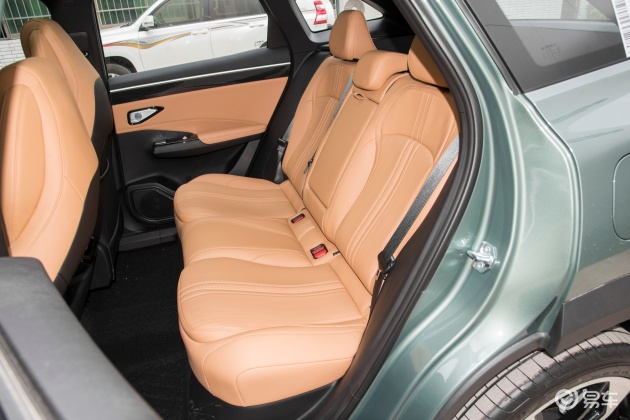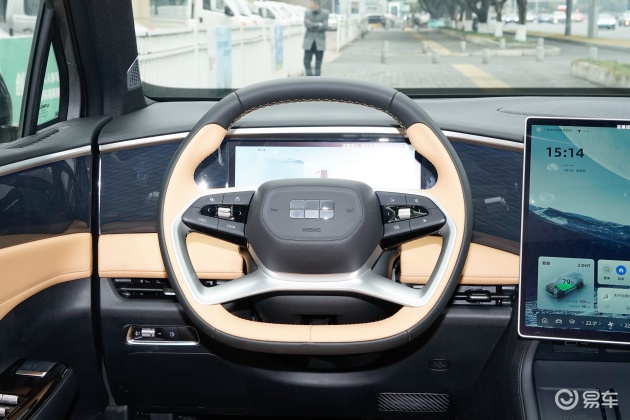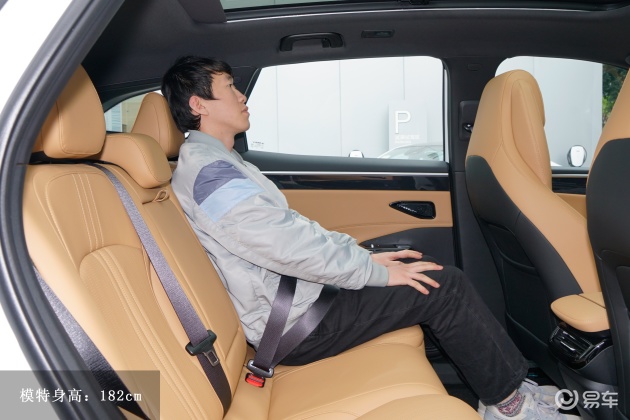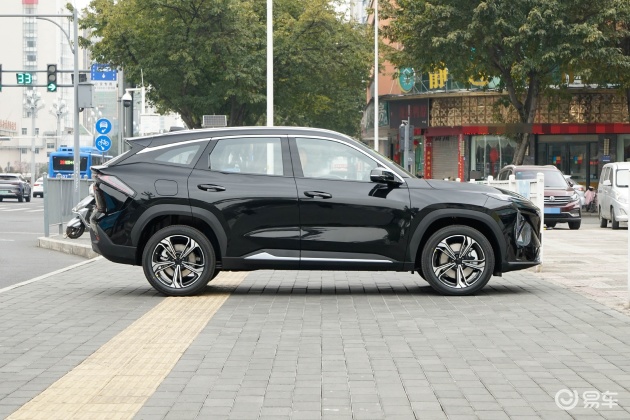Meizu said there were indeed layoffs, which belonged to the "last elimination"; experts said that Meizu did not find suitable space in the high-end market
In the spring of 2018, the domestic mobile phone industry was really lively, with representative companies such as Xiaomi and Huawei chasing after each other to compete for the market. However, a once-brilliant mobile phone manufacturer has fallen out of people’s sight – Meizu. At its most glorious time, Meizu could be called the most cost-effective "machine emperor" in China, but now Meizu is not what it used to be, and the problem it needs to consider is likely to be how to "change and survive".
Recently, there is news that Meizu will usher in a round of layoffs, and the number of layoffs will exceed 1,000. On March 30, Meizu said that layoffs do exist, but they belong to the "last elimination" mechanism, and the news of layoffs of 1,000 people is seriously inconsistent with the facts. Not only that, at the end of last year and the beginning of this year, the market reported the closure of Meizu stores.
Some industry insiders said that layoffs and store closures are just the beginning for Meizu, which is "left behind" in the competition of mobile phone manufacturers. In today’s increasingly oligopolistic market, Meizu is running out of time.
Three consecutive years of layoffs, several personnel adjustments in a short period of time
In fact, this is Meizu’s third consecutive year of layoffs. In early 2016, after Meizu founder, chairperson and CEO Huang Zhang put forward the goal of "stabilizing growth, generating profits, and advancing to the IPO", Meizu launched the annual elimination plan, and the scale of layoffs increased from the original 5% to 10%. In early 2017, Meizu also reported layoffs. It was reported that the layoff rate reached 25%, involving thousands of people, but Meizu responded that it was still around 10%.
In addition to layoffs, Meizu has also made several structural and personnel adjustments in the short term. Following the independent split of Meizu, Meizu, and Flyme in June 2017, Meizu released a notice on the adjustment of the company’s central-level organizational structure and personnel appointments at the end of last year. A new overseas business unit was established to be responsible for the overseas business of the company’s products. Guo Wanxi was appointed vice president of Meizu’s business unit and also served as president of the overseas business unit. He was responsible for the related business and team management of the overseas business unit and reported to Chairperson and CEO Huang Zhang. According to reports, the overseas business unit was originally subordinate to Meizu’s business unit, and its independence largely indicates Meizu’s determination to fight overseas.
The domestic mobile phone market has been divided up by several major manufacturers, and it is no longer news that domestic mobile phones are going overseas to seek new growth opportunities. Third-party research firm Kantar
According to a report released by Worldpanel, as of the end of October last year, Huawei, Xiaomi, Apple, Vivo and OPPO, the top five mobile phone manufacturers in China, accounted for 91% of the total market share. Last year, this figure was still 79%. In other words, the advantage of the above five mobile phone manufacturers over ZTE, Meizu and other companies has been further expanded in the past year.
It is understood that Meizu sold 2 million mobile phones in the overseas market in 2016, and performed well in South East Asia and Eastern Europe. It hopes to further develop in the Western European market. IDC data shows that Chinese mobile phone manufacturers have a share of more than 50% in the Indian smartphone market.
Meizu released the Indian version of the MX5 mobile phone in 2015, but it has not made much progress since then. In addition, the overseas business of Xiaomi, Huawei, OPPO, vivo and other successful mobile phone brands in China is also advancing steadily. After Meizu goes overseas, it still has to compete head-to-head with these old competitors.
Meizu set up the accessories division at the end of last year, responsible for the company’s accessories product research and development, marketing activities and sales. Industry insiders believe that Meizu’s move is also to seek more profit margins.
Market research firm CCS
Insight mentioned in a report that as the profits of the mobile phone business gradually decrease, at least three of the top ten mobile phone manufacturers will have higher profits in the accessories business than in the mobile phone business, and the main manufacturers will focus on the development of branded accessories and connected device products like Xiaomi, which can bring higher profits.
The store was closed, and the clerk complained that the product was not selling well.
Meizu’s offline channels have encountered some trouble. Earlier this year, it was reported that Meizu’s previous 2,500 or so stores had closed more than 500.
Regarding rumors of store closures, Meizu told the Beijing News: "There are not as many as 500 store closures. There are store closures and openings every day. Agents in each region only know the local situation. They don’t know the specific situation in other regions. They can’t determine the current situation of the entire Meizu based on the words of one company."
A Beijing News reporter recently visited some Meizu stores in Beijing. A Meizu staff member who has been engaged in sales in Beijing for two years told the reporter that she did hear that some stores were closed, but the reason was that some employees’ residences changed, resulting in a shortage of manpower, which has little to do with business. But at the same time, she also complained that "compared with the previous two years, mobile phones are not easy to sell now." She believes that this is mainly affected by the overall weakness of offline stores.
When the reporter visited Meizu stores located in Wudaokou and Qinghe earlier this year, he saw that the stores were all located on the side of the entrance and exit of the supermarket, and the flow of people in front of the door was not small, but no one entered the store within 20 minutes of the reporter’s observation.
Meizu said that store closures and openings are optimization actions carried out through the performance and standards of specialty stores, closing stores that do not meet the requirements, and re-locating to open new stores. This optimization is relatively intensive during this time. "Last year, Meizu only had one PRO.
"7 flagship products, and Meizu’s dream machine will only appear this year. At this stage, it is Meizu’s intermission time. During this time, Meizu will adjust its state and situation to better prepare for the second half, which is this year’s product."
"The market competition has become more intense, and Meizu’s hardware and advertising marketing have not kept up," an internal Meizu employee told reporters. Since 2015, Meizu has dominated sales with high cost performance, design and system experience. "At that time, Meizu’s cost performance has the momentum to catch up with Xiaomi." But more and more brands are deploying cost-effective smartphones. By 2016, Meizu’s cost-effective advantage is no longer obvious. "Sales can be maintained solely by the system and word of mouth."
Meizu, which values offline channels and user word-of-mouth, is never stingy with the commission of sales personnel. A Meizu mobile phone salesperson told reporters, "Take the flagship as an example, Xiaomi sells a unit for ten yuan, and Meizu can raise 100 yuan." This is also the reason why he chose to sell Meizu mobile phones two years ago. But now, he is not satisfied with the income. "The year before, Double Eleven took more than 10,000 yuan, and last year it was only 6,000 or 7,000 yuan."
In 2017, the word-of-mouth that Meizu relies on for survival was in crisis, and public opinion such as "delayed full-screen", "insufficient innovation", and "configuration can’t keep up" made it difficult for Meizu’s sales to break through. The above-mentioned employee said, "Although the hardware and marketing are temporarily lagging behind, Meizu’s advantages are still many, and there may be breakthroughs in 2018."
Expert: Meizu misses the extended product line window
For the mobile phone industry, 2017 was a watershed year. According to IDC data, the Chinese smartphone market contracted for the first time in nearly a decade in 2017, contracting by 4.9% year-on-year. Affected by the Chinese market, the global smartphone market shipments also decreased by 0.1% year-on-year.
"With the overall market shrinking and industry competition intensifying, Meizu has clearly lost its footing," said Fu Liang, a telecom analyst. Meizu once had a loyal customer base that could support Meizu’s high price points, but as competitors have launched competitive products, Meizu’s products have become less attractive to users.
Full screen is undoubtedly the keyword of the mobile phone industry last year, especially iPhone
After the release of X, domestic mobile phone manufacturers came together to release full-screen products, and Gionee released 8 full-screen products in one go. In this full-screen mobile phone battle, Meizu was slow to enter the market and became one of the few manufacturers that did not release full-screen mobile phones in time.
The Pro 7 released by Meizu in July last year obviously failed to carry the banner of the flagship machine. Pro positioned for high-end machines
7 was priced at 2,880 yuan when it was released, and by mid-November the price had been reduced by more than 300 yuan. It was jokingly called the "diving king" of smartphones last year by netizens. The reporter saw on Taobao that some stores sold Pro.
7 contract machines, the minimum price is 1250 yuan.
Meizu Pro
7 The biggest attraction is the large and small dual-screen design, which adds a small screen on the back. When users take selfies with dual cameras on the back, they can see themselves from the small screen. When the user flips the phone, the screen will light up, and the date, time, weather and other content can be displayed on it.
The differentiated users of the Pro 7 do not seem to buy it. Sun Yanbiao of First Mobile World told reporters, "Meizu is one of the top ten mainstream brands in China, but it does not have a flagship product, Pro
The 7 can’t carry its banner. Everyone doesn’t feel much about the dual screen, and there is no trend. Everyone is unwilling to pay, and the Pro 7 is in stock. "
Sun Yanbiao pointed out that one of the key reasons for Meizu’s previous offline strength is the diversion of online to offline. When placing an order online, if the user cannot grab the order, the user’s order may be directed to the offline store near the place of residence. "Meizu’s offline channels have been going up since last year. Last year, it was obvious that the situation was not as good as last year. The lack of flagship phones, brand differentiation, and changes in senior management led to today’s situation."
At a time when domestic manufacturers are launching higher-priced products, Meilan cannot find a suitable market space, and high-end products face weaker user stickiness, Fu Liang pointed out. "Meizu should focus its energy and resources now to find a breakthrough point," Fu Liang said, Meizu has missed the time window to extend the entire product line.
Beijing News reporters, Ma Jing and Yang Li
